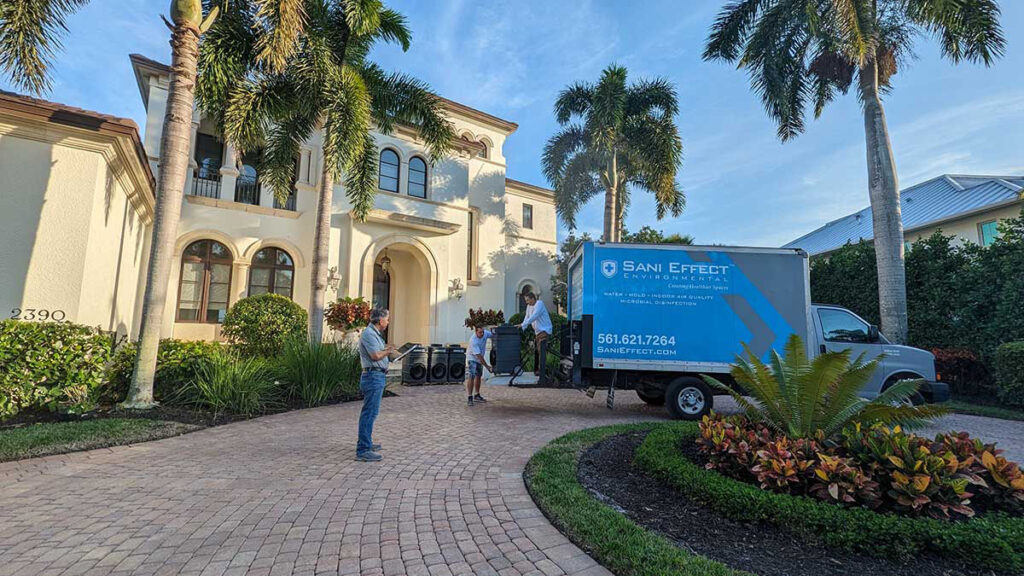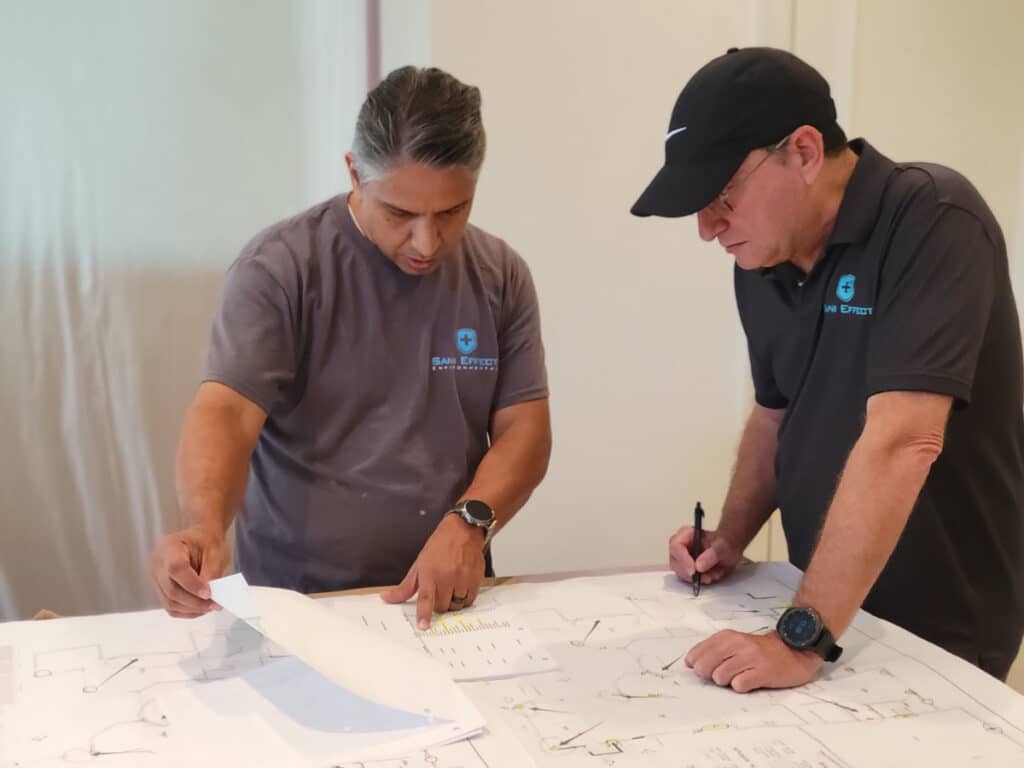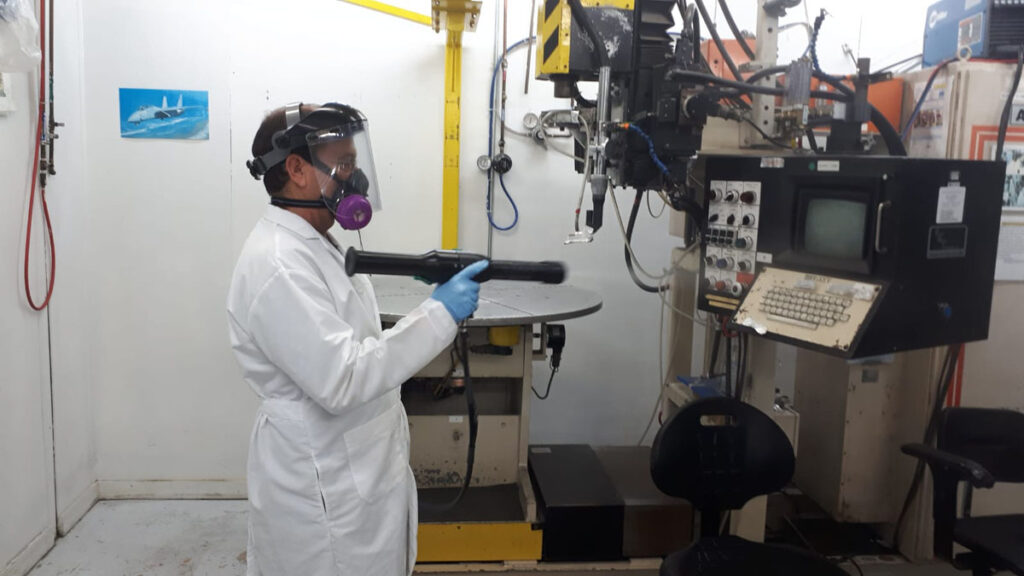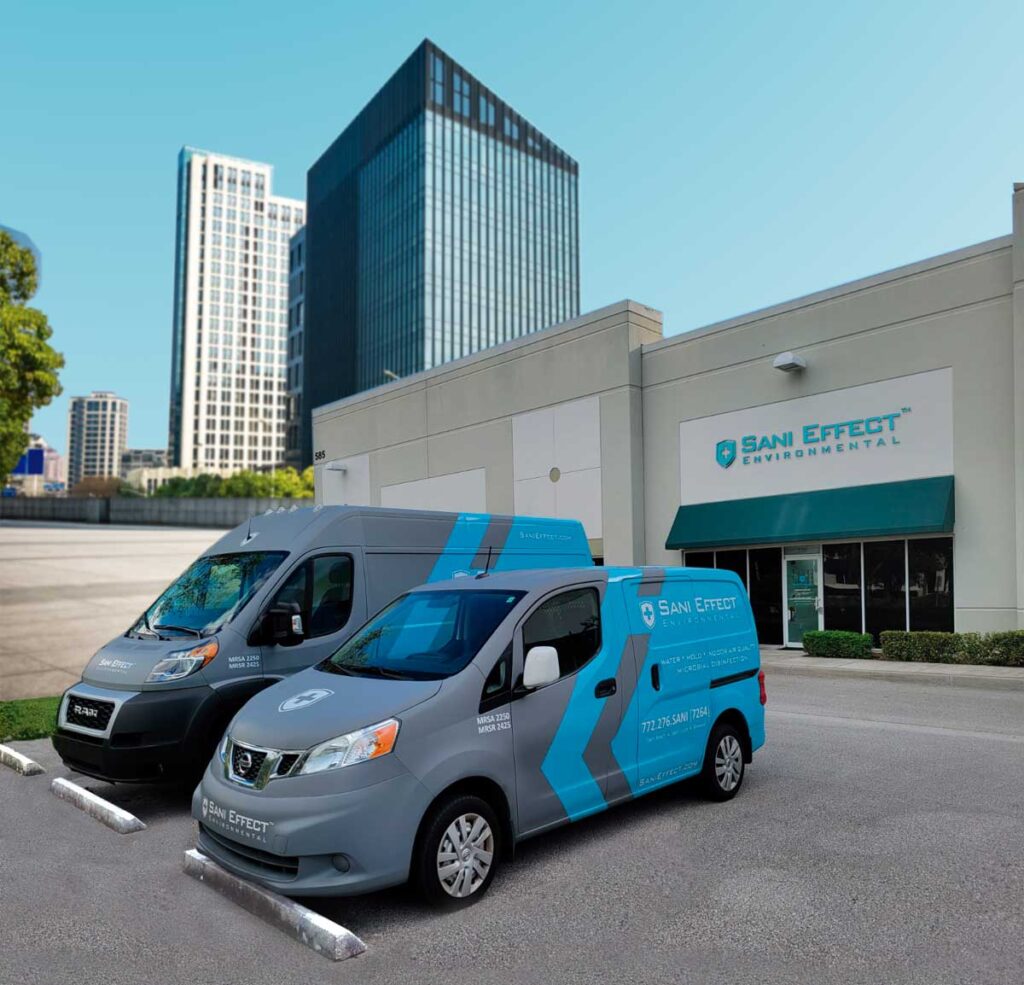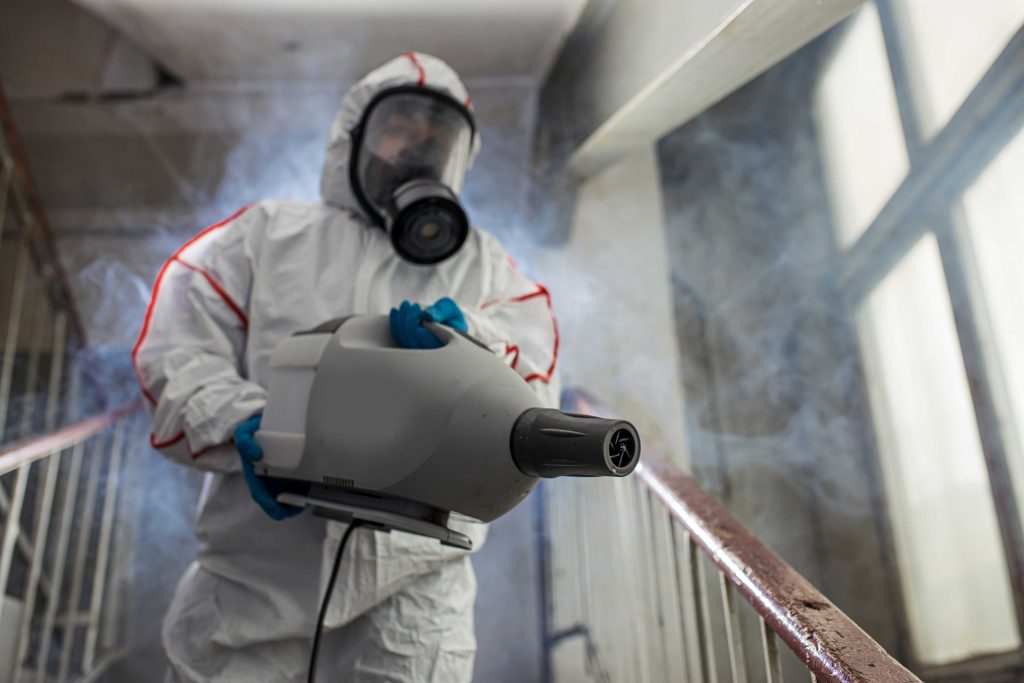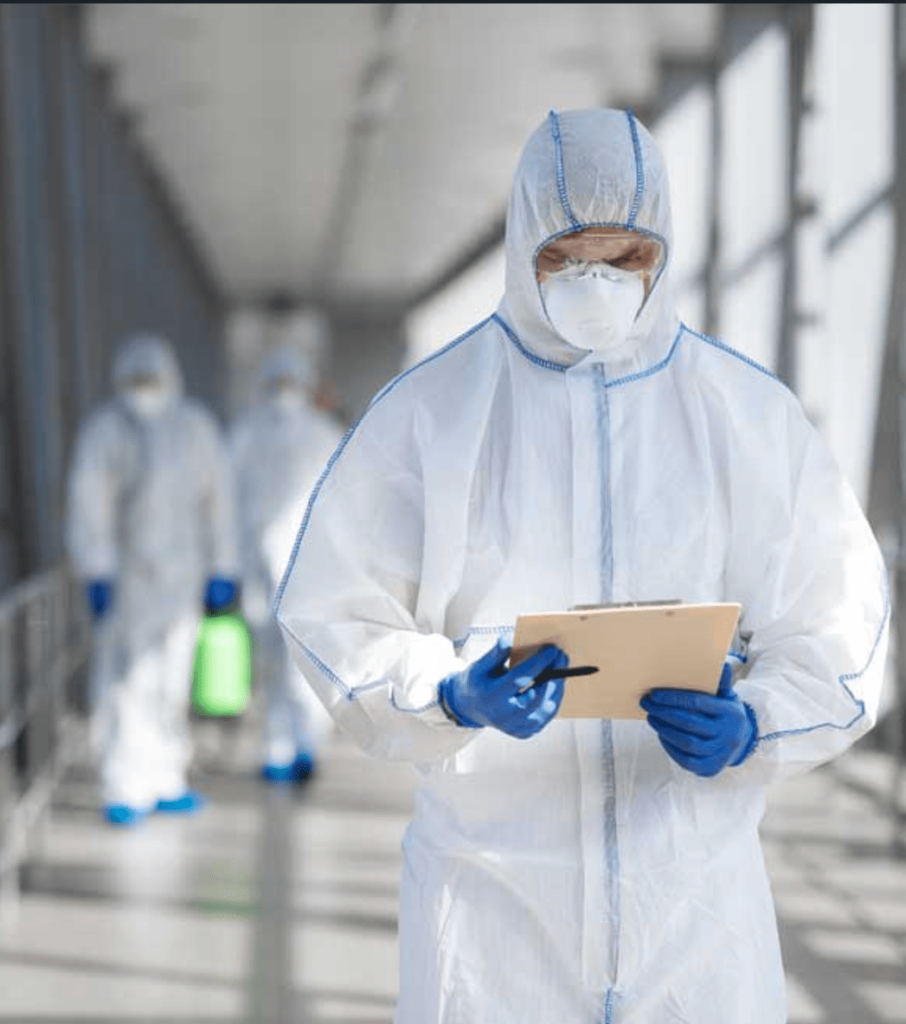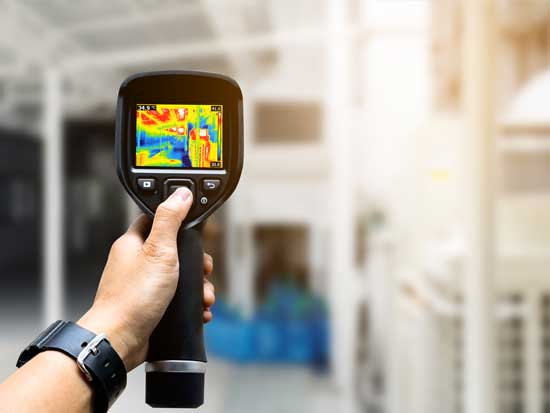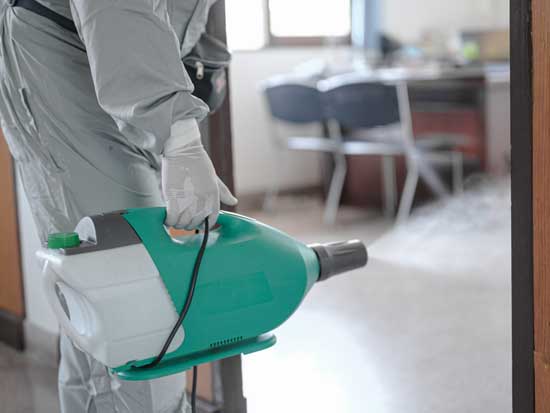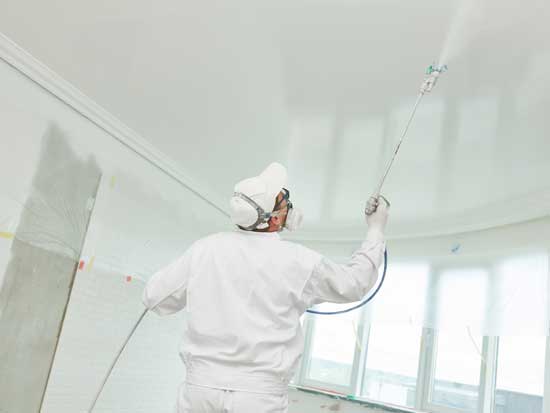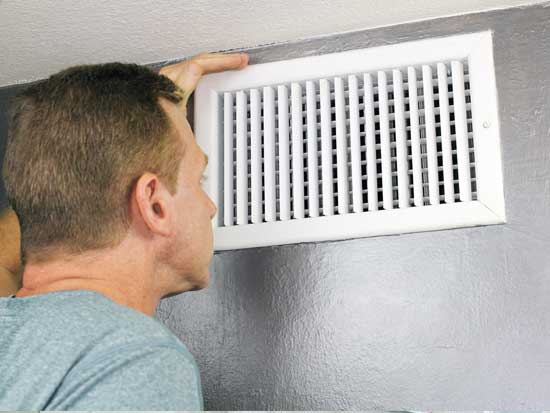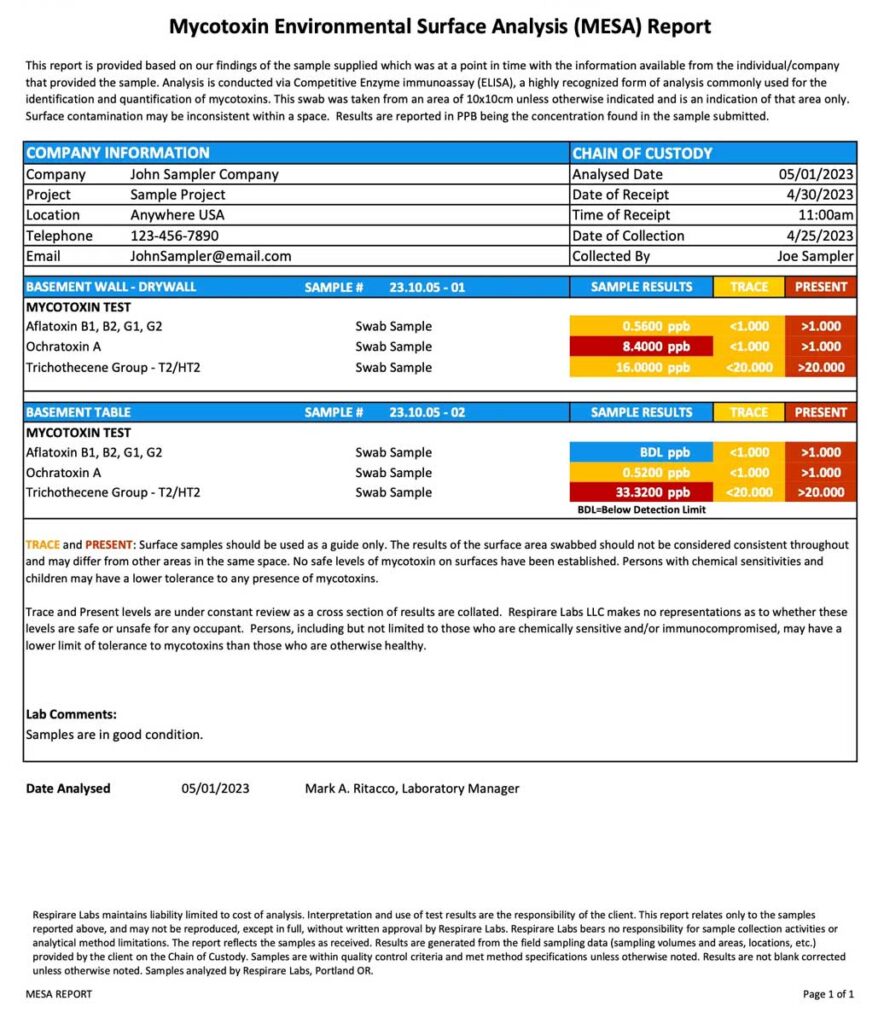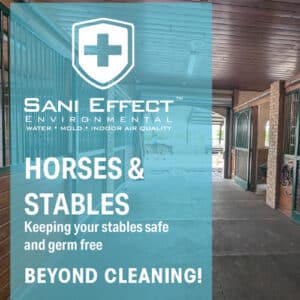In Mold & Indoor Air Quality remediation, our team has made a mark on the Treasure Coast of Florida with top-notch service and superior results in both residential and commercial projects.
What Is A Mycotoxin?
- A mycotoxin is a molecule released by some molds as a defense mechanism. Its primary purpose is to fight off threats like bacteria and dust mites.
- These toxins are not living like mold spores. Mycotoxins are many times smaller than spores and are completely odorless.
- Mold creates respiratory and allergy issues, but mycotoxin poisoning can lead to autoimmune disease, mental health issues, miscarriage, and cancer.
- Mold releases mycotoxins when it goes through wet/dry moisture cycles and when it is attacked with chemicals like bleach.
Get Peace of Mind with Environmental Mycotoxin Testing
Air Mycotoxin Testing
When dealing with mycotoxins, it’s crucial to prioritize the safety of your indoor air quality since these chemical mold toxins can be easily aerosolized and pose a significant inhalation threat.
Surface Mycotoxin Testing
Due to their ability to travel via air and spread via HVAC systems, mycotoxins can attach to various surfaces, potentially causing harm to those who come into close contact with them.
- Identify your contact risk
- Detect any mycotoxins on your walls, furnishings, and other close-contact surfaces
- Test the surface where mold was present to confirm that the mold remediation was properly done
- Have your essential furniture tested for mycotoxin hazards to ensure the safety of your beloved items
- Live with the peace of mind that comes with knowing your home or building is mycotoxin safe

Molds Release Both Spores And Mycotoxins
Mold vs. Mycotoxin Symptoms
Mold Spores
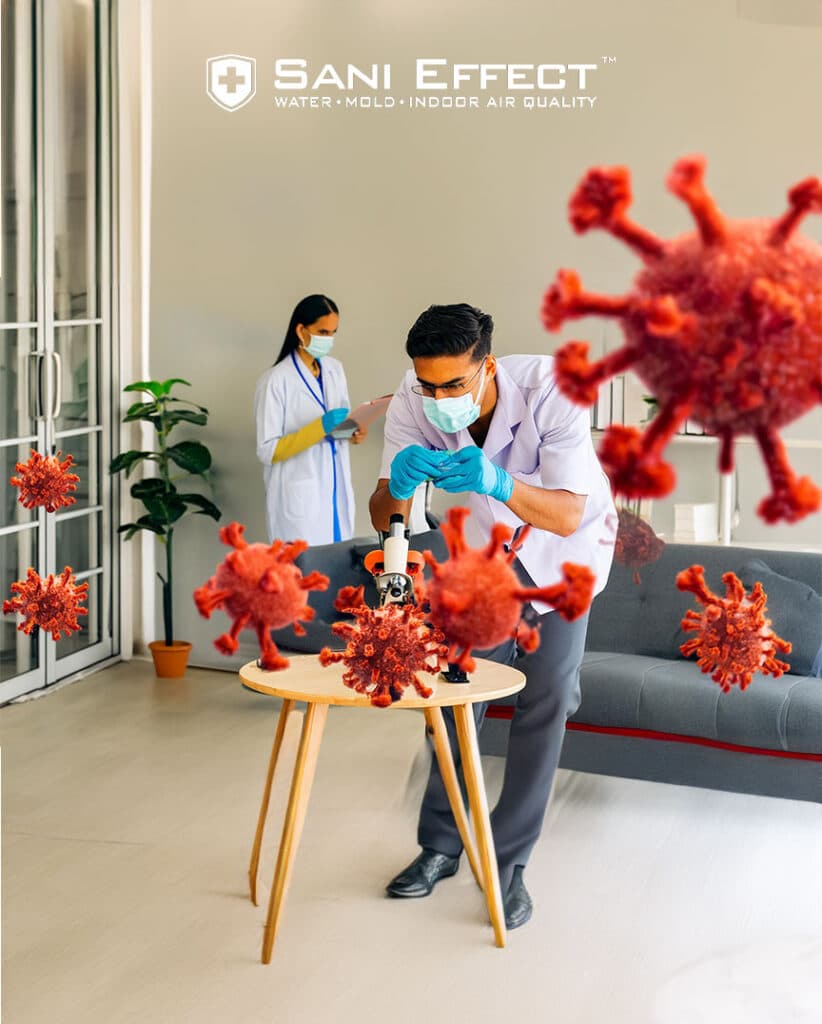
Mycotoxins
The Importance of Indoor Mycotoxin Testing
Molds are capable of producing toxic chemical compounds called mycotoxins, which can easily become airborne, stick to various surfaces, and cause serious adverse health effects, including immune deficiency and cancer. Taking action to mitigate the danger they present to indoor environmental health is vital.
Spore Trap Testing Is Not Enough
Combining spore trap and mycotoxin testing is crucial to understanding your mold exposure. While spore trap sampling identifies spore species and quantity, it fails to identify airborne mycotoxins. Airborne mycotoxin testing detects toxic levels of mold produced mycotoxins, evaluating potential health risks.
Safeguard Your Health:
Identify the most common indoor mycotoxins that pose significant health hazards.
Post-Remediation Verification:
Mycotoxin testing is essential to confirm the successful reduction of mold-produced mycotoxins after remediation. Current protocols may not always be effective and can even increase their levels. To accurately assess your exposure to health hazards related to mold, spore trap, and air/surface mycotoxin testing are necessary tools.
Lingering Mycotoxins
Due to their chemical structure and resistance to breakdown, mycotoxins can persist even after mold removal.
Testing is necessary to ensure removal and prevent ongoing health complications.
How Mycotoxins Poison
Mycotoxins can exist in a home after mold is gone. Their “sticky” nature makes them impervious to most cleaners and disinfectants. As temperature and humidity fluctuate in a home, the toxins move states from a sticky liquid on a surface, to aerosolized gas that is picked up and spread throughout a house by the HVAC system.
How Mycotoxins Poison
- 25-40% of the population might be genetically predisposed to mycotoxin buildup in their bodies.
- Mycotoxins are inhaled into the lungs but can also enter through the skin, the eyes, or be ingested.
- This toxin buildup creates inflammation in the body and leads to autoimmune disease, mental health issues, and cancer.
- There is growing awareness in the medical community that mycotoxins are at the center of the autoimmune issues facing millions of Americans today.
Mycotoxin Exposure Health Risks
- Alzheimer’s disease
- Autism
- Chronic Fatigue Syndrome
- Cognitive Dysfunction
- Fibromyalgia
- Headaches/Migraines
- Mental Health Issues
- Multiple Sclerosis
And many more…
- Cardiovascular disease
- Diabetes Hypertension
- Vasculitis
And many more…
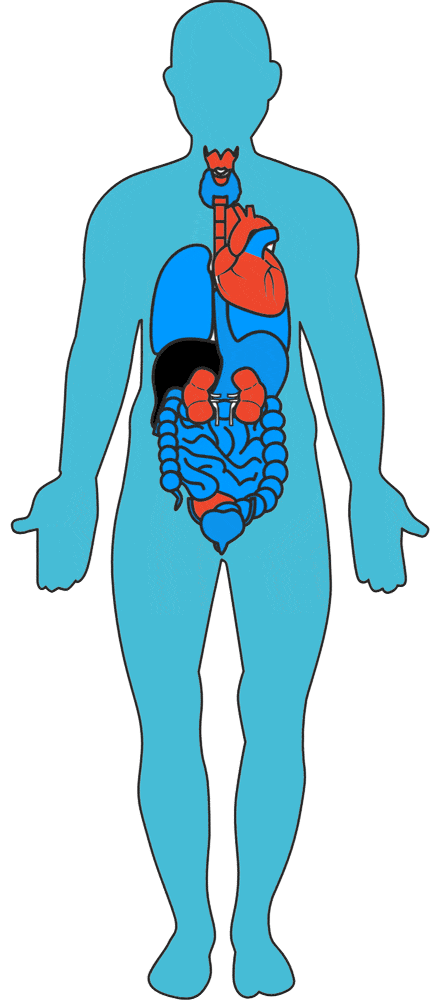
- Crohn’s disease
- Inflammatory Bowel Disease
- Kidney Stones
- Lupus
- Rheumatoid Arthritis
- Raynaud’s disease
- Sjögren’s syndrome
And many more…
- Asthma
- Trouble breathing
And many more…
Mycotoxin Testing
Sani Effect technicians can develop a plan for resolving elevated mold and mycotoxin issues in your home or office.
Don’t let mycotoxins poison your home. Contact Sani Effect to schedule your mycotoxin testing today and have peace of mind, knowing whether you do or do not have elevated levels of these toxins in your home.
Steps To A Healthier Indoor Environment
1
Call Us
Schedule your complimentary in-home mold evaluation.
2
Assess & Quote
We assess the potential mold issue and provide a quote.
3
Approve & Schedule
Approve the scope of work quote and schedule the job.
4
Complete & Validate
We complete the job and request post validation inspection.
5
Certified Mold Free
We pass the inspection. Live mold free and happy.
AMEA & MESA Mycotoxin Testing Report
Port Saint Lucie - MAIN OFFICE
Port Saint Lucie, FL 34986
Palm Beach
West Palm Beach, FL 33411
Sani Talks
Make Your Property a Healthy Environment
Call Sani Effect Today and schedule your
Mycotoxin Inspection Service. (772) 276.7264
or click to Schedule the Service


